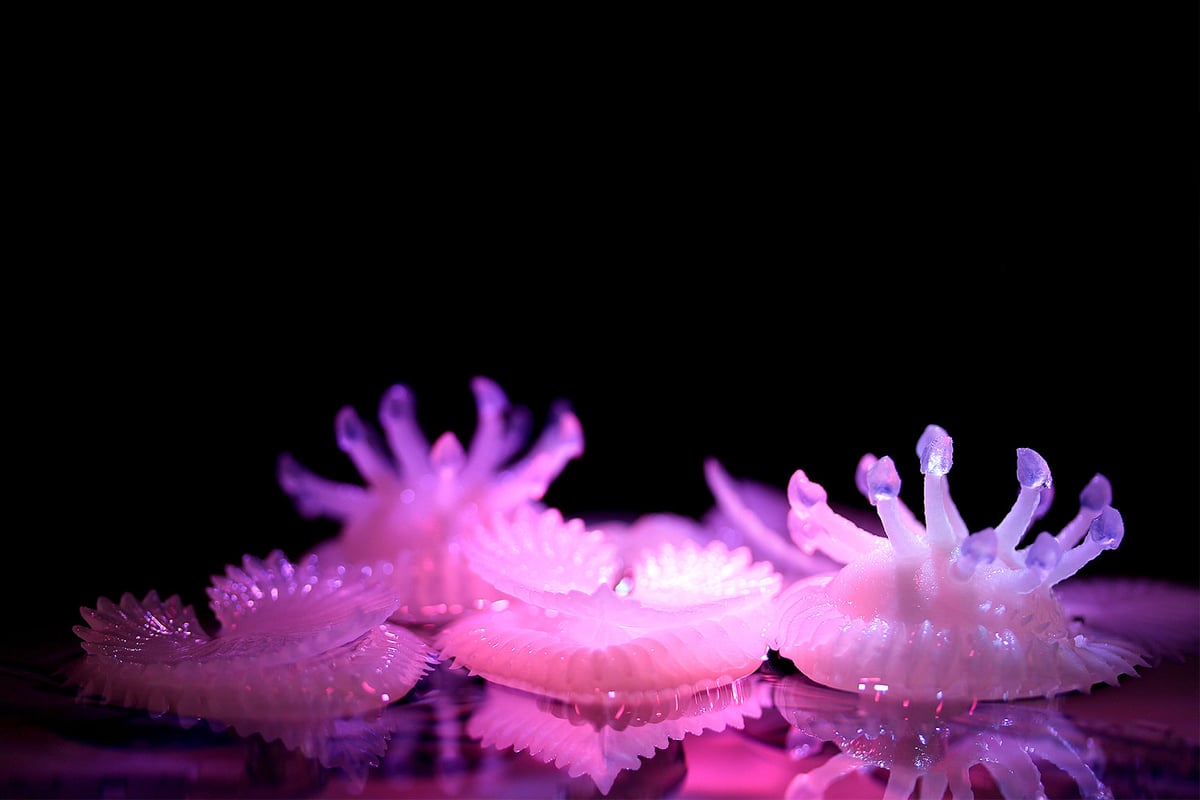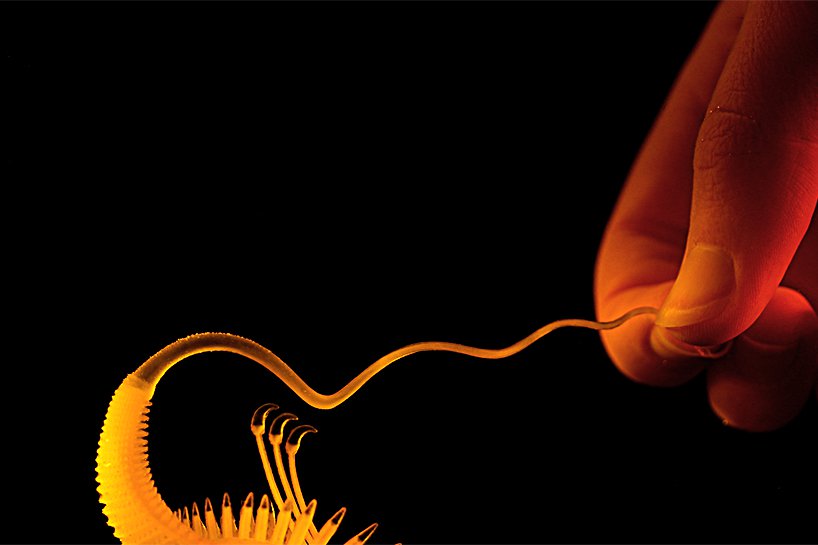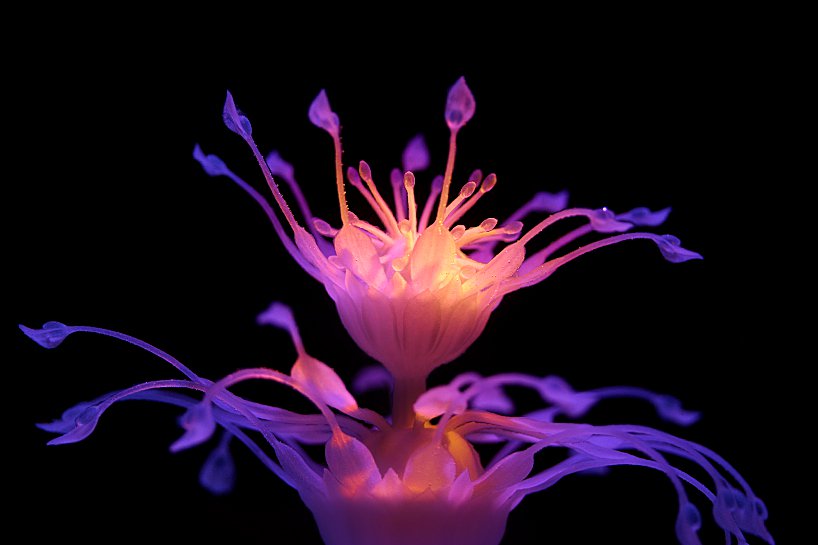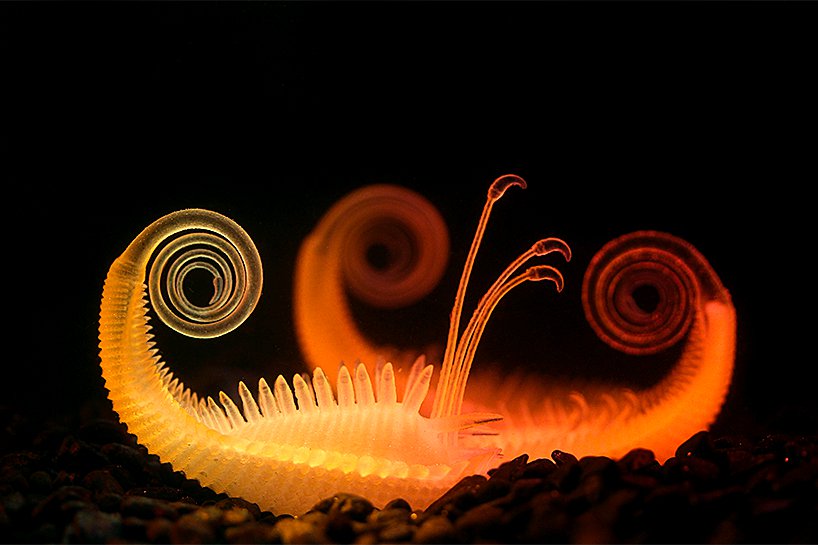Nicole Hone is an industrial designer studying a Master of Design Innovation degree at Victoria University of Wellington in New Zealand. In her latest collection of work, she begs us to consider the following question: what if we could design intelligent plants to adapt to our future climate?
The creative project is called Hydrophytes, which involves futuristic aquatic “plants” created with multi-material 3D printing. The purpose of the work is to explore 4D printing under the lens of filmmaking, focusing on the design and choreography of movement.
Hone was inspired by the visual effects seen in movies and wanted to find a way to make it possible to touch objects behind the screen. Her “tangible animations” bring these objects to life using 4D printing with various materials.
Hone’s work uses sealed chambers in the prints that activate independently of one another, and are set in motion as a result of pneumatic inflation. Her concept is called ‘tangible animation’, and uses 4D printing to bring objects to life in the same world as the audience, creating an environment where time is considered to be the fourth dimension.
Hone explains on her website: “The Hydrophytes illustrate a range of multifaceted, variable movements whose life-like qualities are unique to the behaviour of digital materials.”




The Process of Creating Hydrophytes
The Hydrophytes are modeled using Rhino and Grasshopper CAD software, along with ZBrush as well. The multi-material objects were printed using Stratasys Polyjet technology, which utilizes blends of rigid and flexible resins that are known as digital materials.
The 3D printer presented Hone with numerous benefits and creative flexibility, as it was possible for her to blend different resins to create the sealed chambers. As a result, each design moves in a different way and showcase a different character and emotion.
Hone continues: “Computer-Generated Objects (CGO) take advantage of both the digital world, with its versatility and efficiency in form-making, and the physical world, where objects can respond to the environment, humans and other printed objects. This balance between controlled design and uncontrolled natural interaction leads to the creation of compelling organic performances.”
After the designs were printed, they were put on display with a colored LED light projector, adding a bit of “personality” to the plant. The idea behind the light was also to enhance the perception of sentience in the objects.
Hone adds that Tangible Animation can be advantageous both on screen and in the outside world. She suggests that there are various uses for immersive physical encounters, such as in theme parks and museums.
To gain a better understanding of the beauty and innovation behind the prints, check out the video below. Impressively, there have been no special effects added to the footage, and the resulting film is truly magical.
Intrigued? Well there’s more information on these mighty morphing Hydrophytes to come. Nicole Hone’s master’s thesis is scheduled to be published in late 2018.
Source: Design Boom
License: The text of "Designer Uses 4D Printing to Bring Life and Motion to “Tangible Animations”" by All3DP is licensed under a Creative Commons Attribution 4.0 International License.